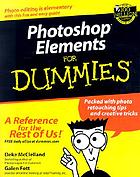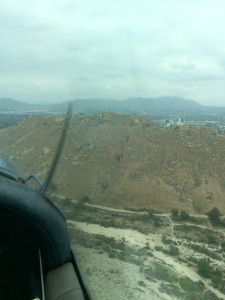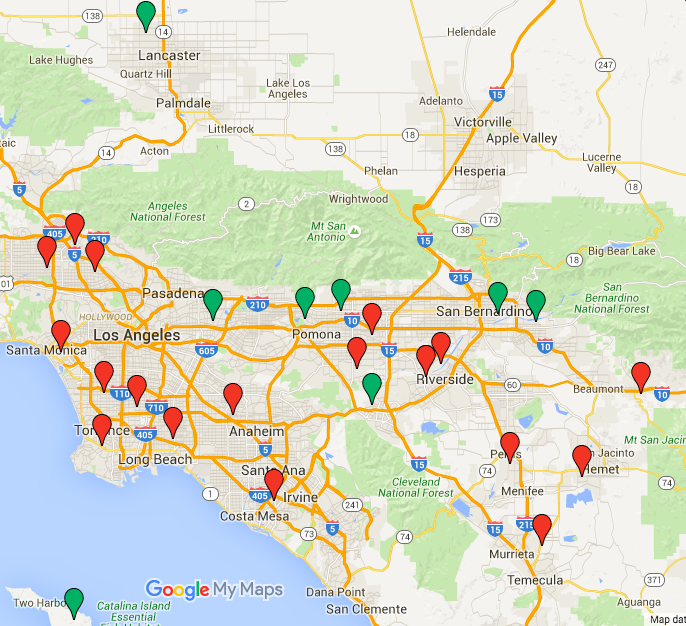Discarding books from the library
May 30th, 2016 at 1:47 pm (Books)
I have a new volunteer role at the Monrovia Public Library – helping them get rid of books.
 I know, I know, it sounds awful. But like any other kind of possession, book clutter builds up. Books get damaged from use. New versions supersede old ones (especially in the computer software section – one book we processed was “Photoshop Elements” from 2001. Don’t worry – the Pasadena Library still has it). Some books just never circulate. Sometimes the right thing to do is to let a book go, so you free up space for new books.
I know, I know, it sounds awful. But like any other kind of possession, book clutter builds up. Books get damaged from use. New versions supersede old ones (especially in the computer software section – one book we processed was “Photoshop Elements” from 2001. Don’t worry – the Pasadena Library still has it). Some books just never circulate. Sometimes the right thing to do is to let a book go, so you free up space for new books.
The librarians have already been busy identifying which books to discard (a process called “weeding”). (Amusingly, my just-completed MLIS thesis is on weeding – specifically, how to use machine learning classifiers to help prioritize books for removal.) I was shown an entire wall of shelves in the back room where hundreds of books are already in pre-discard limbo.
I was shown how to select one of those books, then edit the library’s catalog to remove it, and then remove the book from the OCLC (Online Computer Library Center). Among other things, the OCLC maintains a central database of library holdings, which enables you to search for an item once and find out which libraries have it, ordered by proximity to your location. Try it out: Search WorldCat.
I’m impressed and a little awed that the library would entrust me with making edits (deletions) to their catalog and their entries in OCLC. However, I’m nearly done with my MLIS, so I’m almost fully qualified to be a librarian myself, I guess! The class I took on Cataloging is suddenly very relevant; we worked with library catalog entries and strategies for a semester, and the terminology and tools are familiar.
One final challenge is that the library is switching to new catalog software on June 13, so the removal procedure will change. More significantly, that date coincides with the start of our Summer Reading Program, at which point library circulation sky-rockets. The patrons are going to have some growing pains, no doubt, and so will the staff. Fun times ahead!





